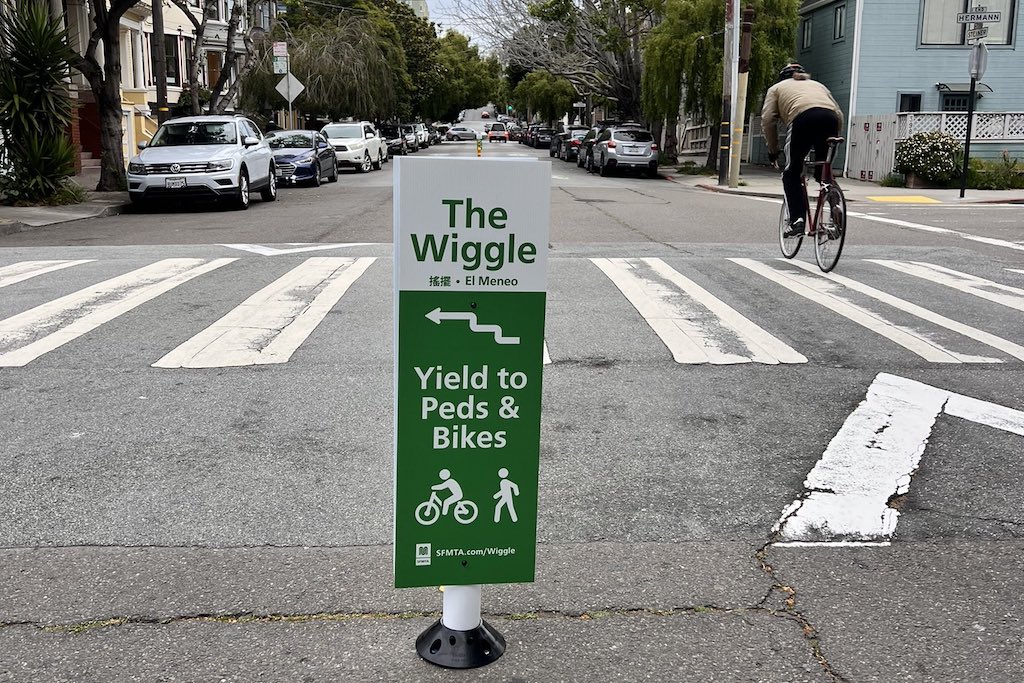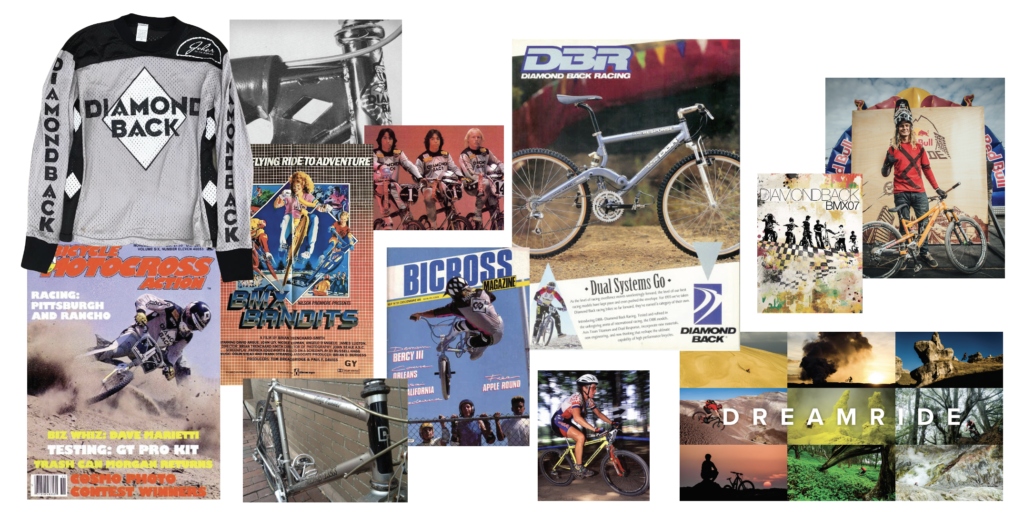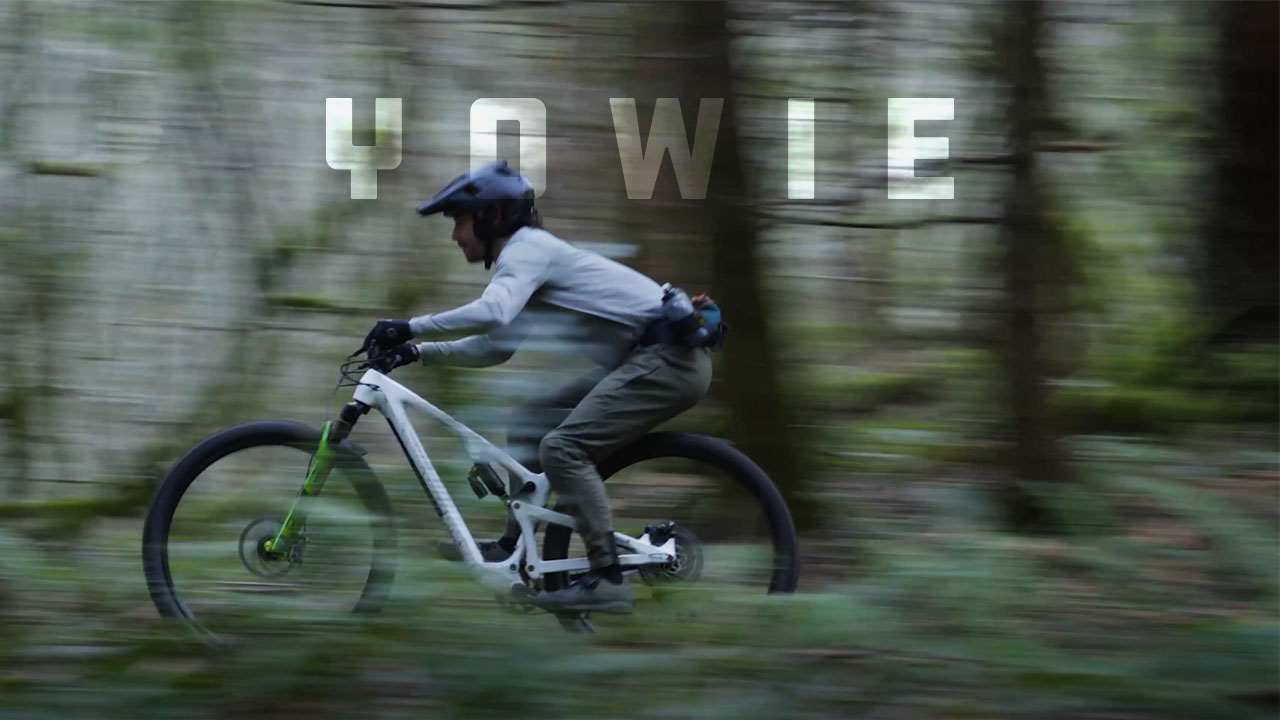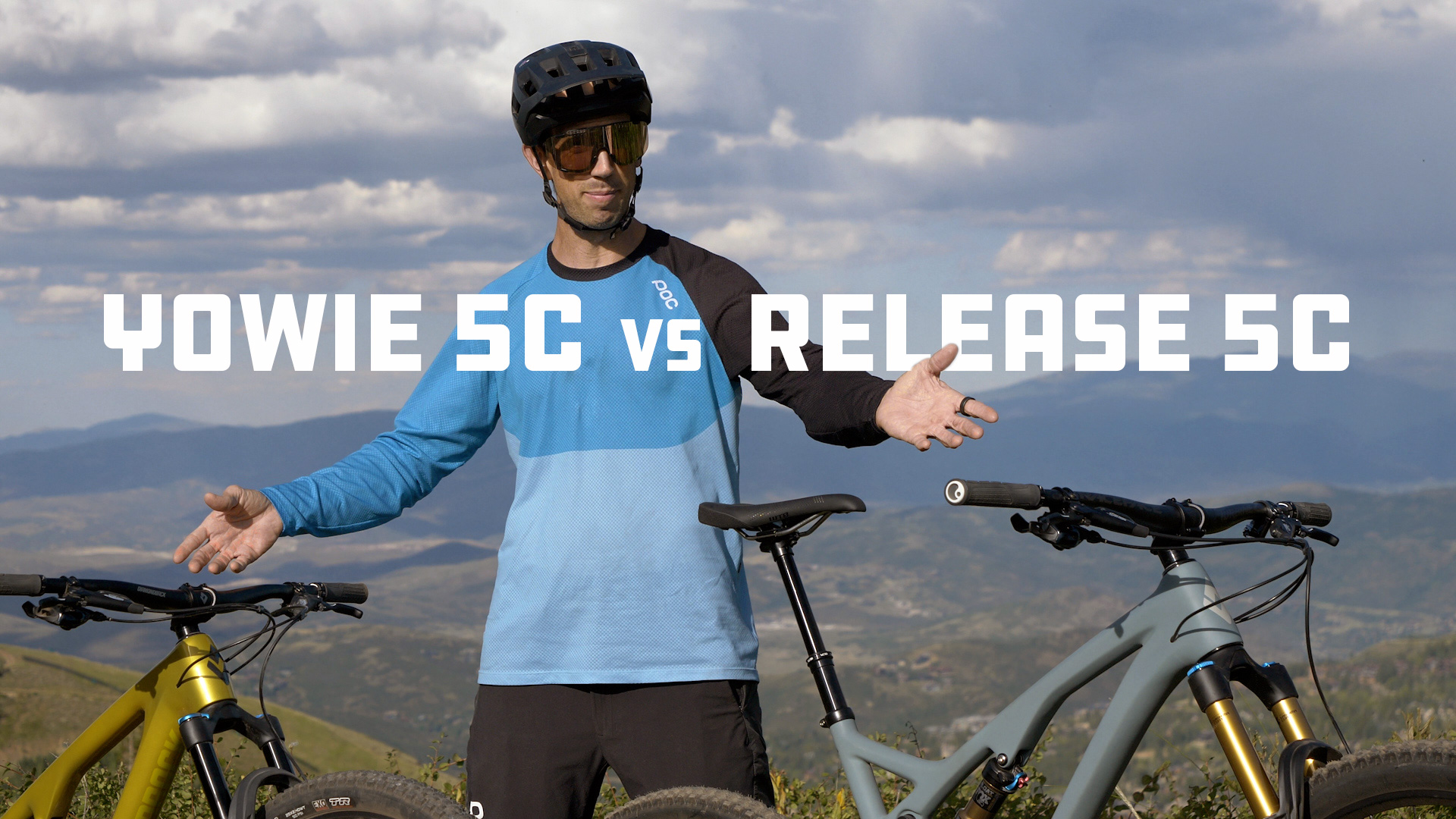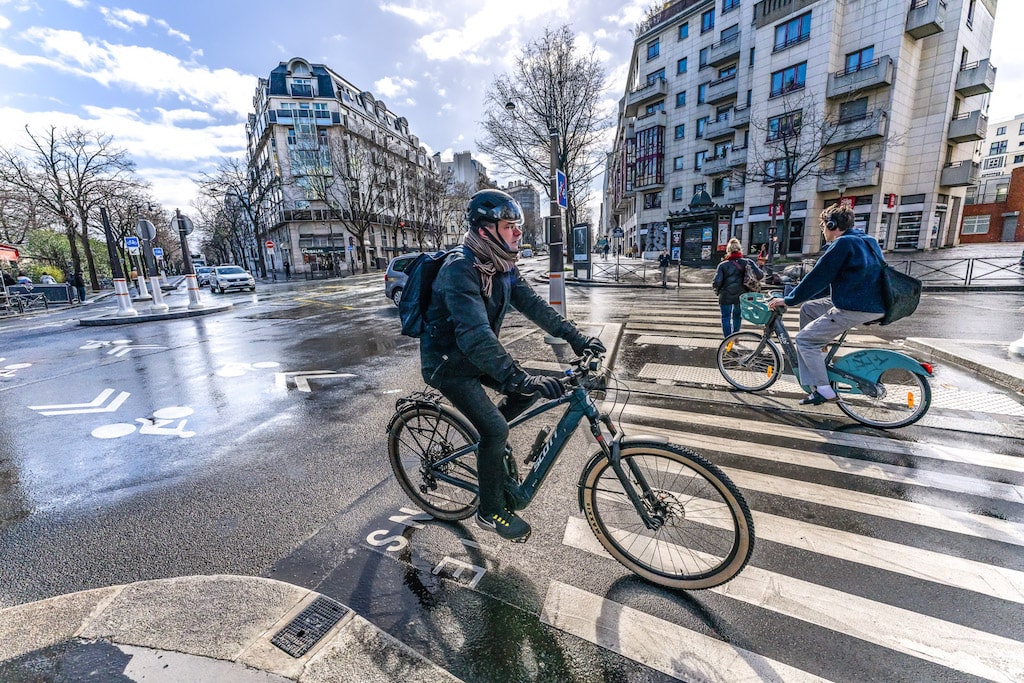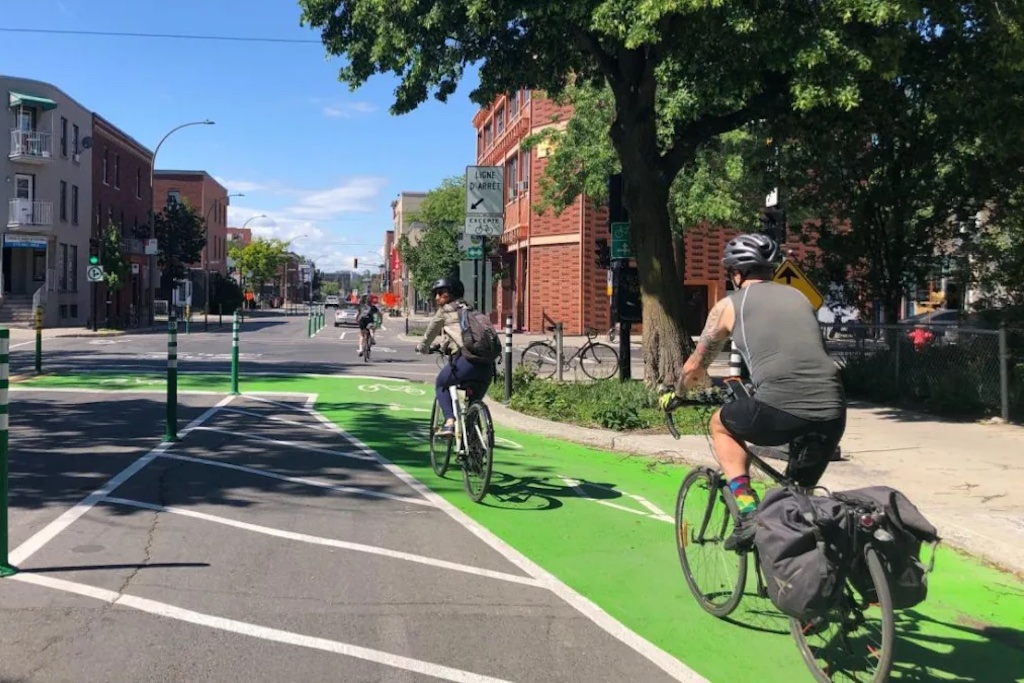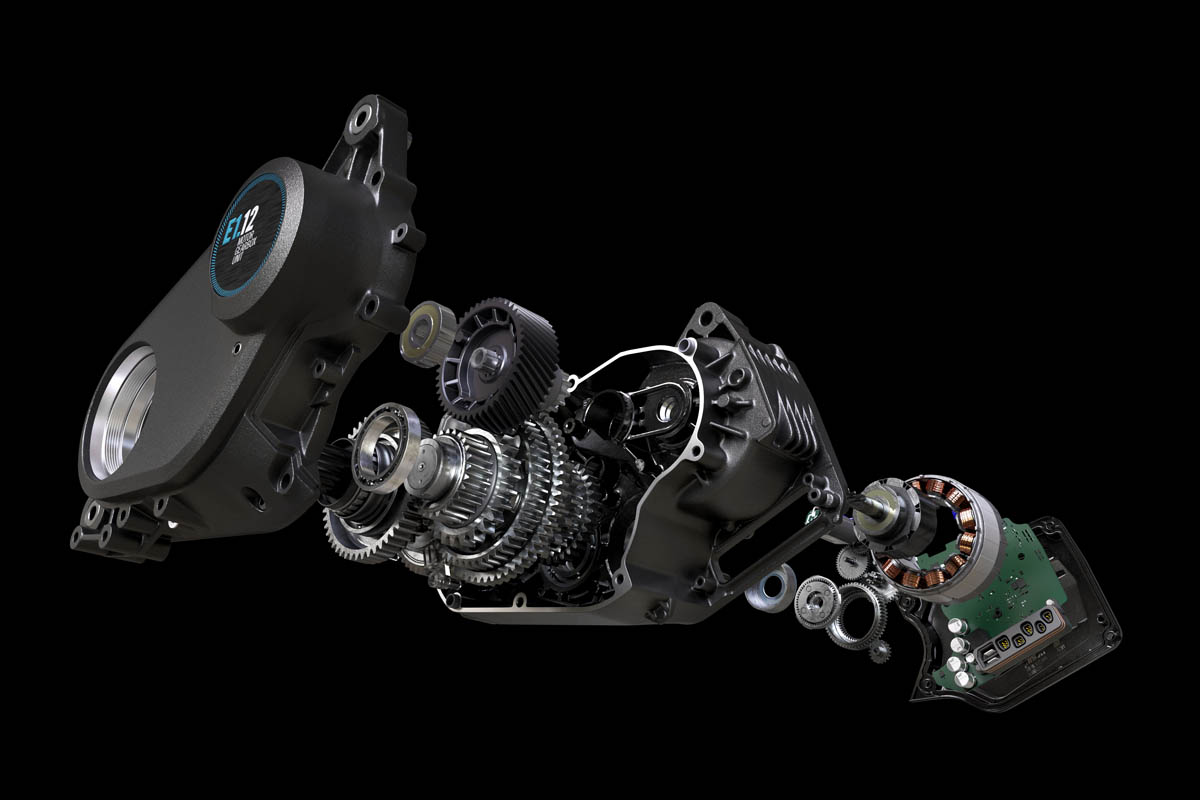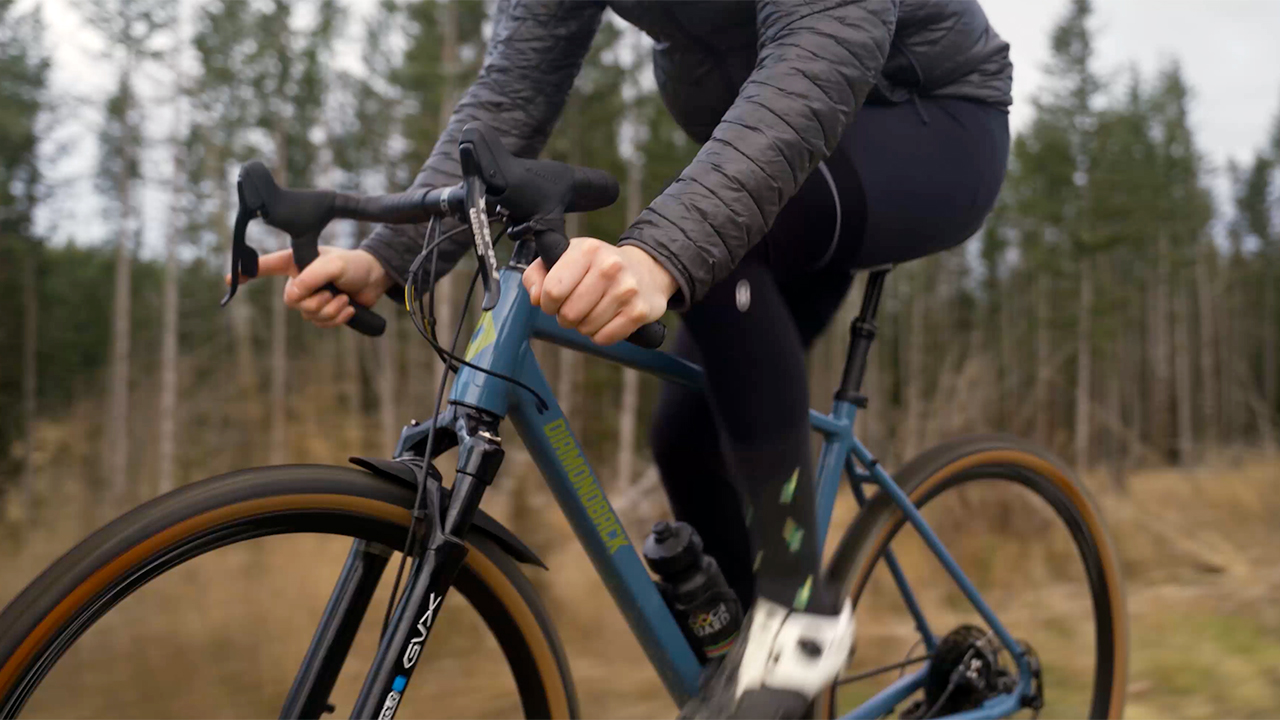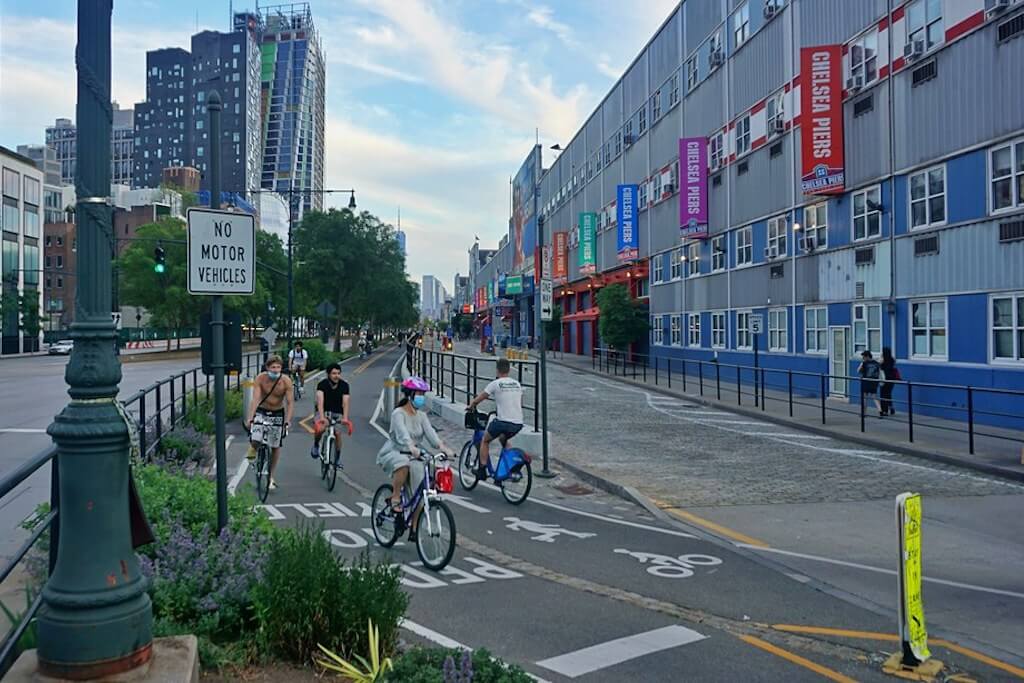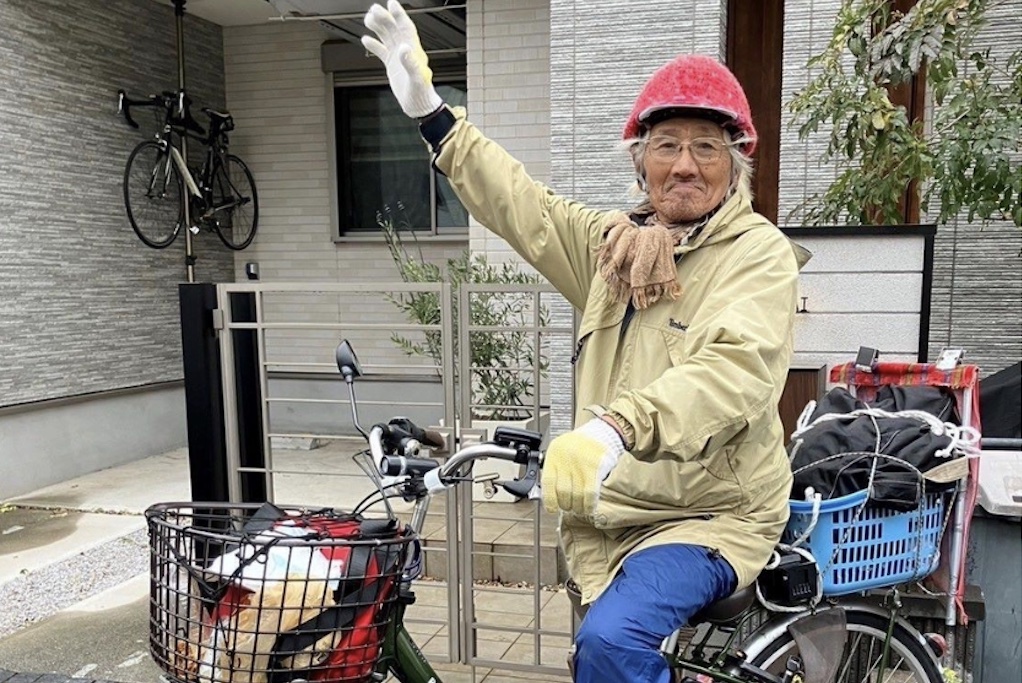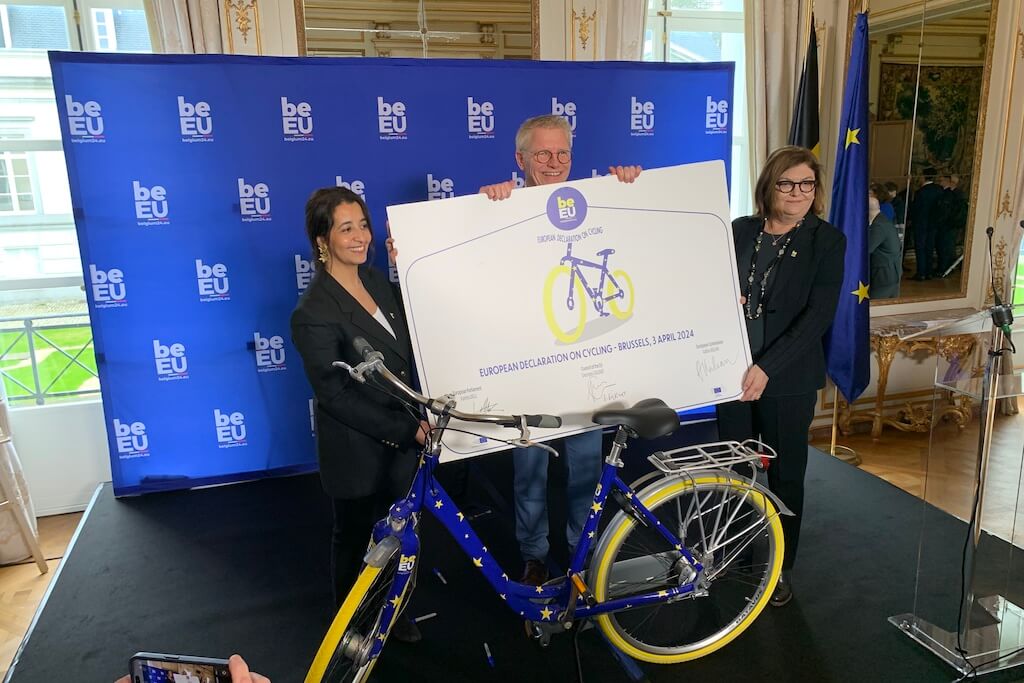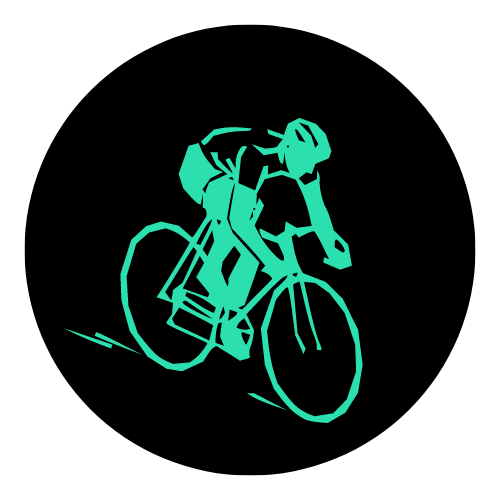Which e-bike motor is best for my needs?
The post Which e-bike motor is best for my needs? appeared first on Cycling Electric. One of the more commonly asked questions pitched by those new to pedal-assisted riding is ‘which e-bike motor is best?’. This is one of those open-ended questions that should perhaps instead be ‘which e-bike motor is best for my specific needs?’ Cycling Electric explains why and explores some of the market-leading motor systems available. First […] The post Which e-bike motor is best for my needs? appeared first on Cycling Electric.

The post Which e-bike motor is best for my needs? appeared first on Cycling Electric.
One of the more commonly asked questions pitched by those new to pedal-assisted riding is ‘which e-bike motor is best?’. This is one of those open-ended questions that should perhaps instead be ‘which e-bike motor is best for my specific needs?’ Cycling Electric explains why and explores some of the market-leading motor systems available.
First things first, we totally sympathise that the jargon around electric bike systems is baffling. For that reason, we’ll start with a pointer towards our guide to the terms you’ll encounter while browsing. Some key terms specific to the motor include:
- Nm (Newton Metres) – aka, the torque a system can apply.
- Torque – in simple terms, this is the pressure applied in Nm to get you moving. Expect a higher torque where it’s really needed, such as for off-road, rocky climbs where the resistance will be greater. This has little to do with speed.
- Mid-Motor – this simply describes the placement centrally of the motor. This is often a desirable placement of the weighty components on bikes to achieve a low centre of gravity and thus stability.
- Hub Motor – This describes when a hub is found centrally within either a rear or front wheel. Again, keeping the weight of the motor low and central within a wheel as it rotates is desirable.
- Speed sensor – These pick up your rate of pedalling and tell the motor how much feedback to provide based on the setting you are operating the e-bike on.
- Torque sensor – A torque sensor feeds off of your pedal input, taking detailed readings of that force to communicate to the motor how much power to give back. The harder you push, the more you’ll get back from this type of sensor.
- Cadence sensor – A cadence sensor reads the rider’s rate of pedalling via a series of magnets that count the passes of the crank. This then informs the motor of how to deploy its power. These tend to be cheaper to spec than torque sensors
You can find a separate article on electric bike sensors and the differences here.
The key difference between a mid-motor and a hub motor is the application of the power. A mid-motor will apply its assistance at the bottom bracket, while a hub motor will, more often than not, drive from the rear wheel (though bikes like Brompton’s P Line opt for a front hub motor.)
Typically, mid-motors are capable of greater outputs of torque and as such as the preferred engine for mountain bikes and mid-to-high-end bikes spanning commuter through to cargo bikes that require a stronger output to haul heavier loads.
It goes without saying, the motors we talk about here are capped to the UK/EU regulations, which at the time of writing remain:
- An assisted limit of 25kmh (15.5mph)
- A maximum power output of 250W
- Able to be ridden on roads and cycle paths
- Does not need a licence, tax, nor insurance
- Is essentially a bicycle in its legal standing
- Is based on a pedal-assist system. Throttles are not permitted unless the e-bike is type approved.
If you would like to try out a series of motors for yourself, why not come along to our demo event at the Lee Valley Velopark, taking place April 28th, 2024. Get your tickets at CyclingElectricDemoDays.com.
Which e-bike motor brand is best?
The market moves too quickly to say with any certainty which brand has the best motor, though our regular reviews will give an indication of our thoughts on each as we test them.
Something notable to consider for future reference is that several labels are now building gearboxes into motors with a high degree of sophistication. This means that you’ll have an entirely enclosed drivetrain that will require far less servicing and in some instances has the capability to automate the entire gearing and motor experience much akin to an automatic car.
An example that has really turned heads lately is Pinion’s incoming MGU motor platform and gearbox system seen below. Here, 12 electronically shifted gears are shifted semi-automatically, factoring in readings from the motor’s various sensors to all but guarantee you are always in the right gear for the terrain under your wheels. What’s more, the service schedule is said to be as wide as 10,000km cycled.

Bosch eBike Systems
You’ll not get far in Googling this subject matter without encountering what can fairly be considered to be the market leader. Bosch was largely responsible for dragging the e-bike kicking and screaming from a product that was shunned to something broadly sought after. That was as a result of innovations that made the motors easier to build into the e-bike through reductions in size and weight.
A full and very detailed round-up of the extensive range of e-bike motors can be found on the brand’s website, but in summary these are the most common motors and their uses:
- Bosch Active Line – A system designed around urban mobility that offers 40Nm of torque, is near silent and has an auto setting to control support automatically based on your output.
- The Active Line Plus system offers up 50Nm of torque, syncs with the eBike Flow app and as such can offer up services like a theft alarm and motor immobilisation (though these may be subscribed services).
- Bosch Cargo Line – Does what it says on the tin and that’s drive heavier loads on cargo bikes. As a result you can achieve up to 400% support on top of your pedal power, much thanks to an 85Nm torque that will get you moving. The system has a smart walk assist and hill hold mode for when you need to manoeuvre the cargo bike out of the saddle.
- Bosch Performance Line – With a 75Nm kick, the entry to the Performance Line range offers you a smart system clad motor that offers automatic assistance control and a near silent operation
- Bosch Performance Line CX – The CX upgrade adds another 10Nm of torque to reach 85Nm which can be deployed in several customisable riding modes. This motor carries a wireless speed sensor, meaning that the bike’s overall design can be cleaner with less cabling. A Extended Boost mode will help you over the trail’s roughest features.
- Bosch Performance Line SX – The latest addition to the Bosch catalogue is suited to MTB, gravel, plus some urban uses. When asking ‘which is the best e-bike motor for me’, this should be considered at the performance end of the spectrum. It is extremely light at 2kg and ultra-quiet, despite a high capability. It has 55Nm of torque, a balance Bosch considers offers up a sweet spot in weight, torque and an up to 600 watts maximum power output.
- Bosch Performance Line CX Race Edition – As above but fine tuned for top-end e-bike performance off road and ready for the variety of competitions now available to performance e-bike riders. Capable of 400% of your pedal force, with 85Nm of torque and a featherweight 2.7kg total weight.

Cycling Electric has curated a buyer’s guide to the best e-bikes with a Bosch motor, if this is the one you decide to go for.
Shimano STEPS
Shimano’s STEPS platform is another to feature heavily throughout the marketplace.
The STEPS EP platform is the flagship, but underneath this sits motors that cater for applications that require less grunt, or to hit a more accessible pricepoint. These include:
- STEPS E6100 – This is the reserve of hybrid style bikes that are generally used for day-to-day riding and some touring.
- STEPS E5000 – This motor is found on bikes suited to urban and commute style bikes. It offers up 40Nm of torque.
- STEPS E7000 – This is the platform that will feature on entry-level electric mountain bikes
- STEPS E8000 – Outside of the EP6 and EP8, this platform is Shimano’s most aggressive e-MTB motor system. It weighs only 2.5kg.

Fazua / Porsche eBike Systems
Fazua is now part of Porsche eBike Systems, elevating what was a high-end motor platform to one that is part of a much broader group, with the expertise and funding to drive innovation onwards.
- Ride 50 Evation – This mid-motor will deliver 55Nm of torque and has a total system weight of 4.6kg. Both the motor and battery are removable, making this a great choice for those who are happy to have both a bike and an e-bike in on package; particularly useful if you are racing between competitions that do and don’t allow a motor.
- Ride 60 – The latest addition to the Fazua platform is the Ride 60 which inclusive of the 430Wh battery has a 4.3kg weight, though the motor itself is sub-2kg. The motor will kick out a respectable 60Nm of torque and a maximum power output of 450W. the Fazua app allows for a high degree of customisation, as well as a trio of preset modes.

Bafang
Hailing from China but with European service to back it up, Bafang has become the go-to for many entry-to-mid-tier products for hub motors and more recently has established itself as a serious mid-motor player too. The firm even offers a (M215) conversion kit for around £500 which slots in place where your bottom bracket would usually sit.
For a detailed view of the brand’s extensive goods catalogue, head to the website for the breakdown of what each system offers.
In summary, there are three product catalogues:
- The M-Series – Bafang now has 12 mid-motors spanning use-cases for most categories. It’s here that you’ll find the performance products with the best power-to-weight ratios.
- The HR-Series – These are the firm’s rear hub motors and there’s plenty of them. They range from entry-level units to keep the budget light to more capable drive systems offering a 45Nm torque (or more for speed pedelecs).
- The HF-Series – light and suited to urban bikes, the HF-Series revolves around a trio of hub motors that are front-hub replacements.

Yamaha
The first modern electric bike motor came from Yamaha, a name perhaps best known in the motorcycle world. Since that time the brand has invested heavily into the manufacturing both of e-bike motors and in its own-label electric bikes.
- Yamaha PW-XM – Put to market on the 30th anniversary of Yamaha’s first e-bike motor, the PW-XM goes toe-to-toe with Bosch’s Performance Line Race edition. It achieves this with an 85Nm torque output and a 2.6kg weight.
- PWseries S2 – The latest addition increases its torque-to-weight ratio on the prior generation, kicking out 75Nm in a system that weighs only 2.85kg, itself a 16% reduction on the older PWseries ST. It’s also 205 smaller, giving frame designers more clearance and freedom to build the ultimate e-bike.
- Find more motor details here.

Mahle X20
Another to compete at the performance end of the spectrum is Mahle, whose X20 motor system is among the lightest on the market at 3.2kg, inclusive of the battery. It also claims to offer a torque upgrade on the prior generation X35, reaching a peak of 55Nm, compared to 40Nm.
Fully integrated and quite hard to spot thanks to its small size, the X20 is most commonly found on performance road and gravel bikes, as well as some urban builds. The system learns about your riding patterns and adapts its outputs accordingly. The system can charge to 80% capacity in under 2 hours.
TQ HPR50

Considered a very serious challenger on the performance end of the spectrum, the TQ HPR50 claims to be the smallest, lightest and quietest of all mid-motors and these are the metrics:
- 1.85 grams in weight
- 300 watts power
- 50 Nm of torque
- A 135mm Q factor
That comes paired to a 360Wh battery that was built specifically for this motor to combine and create the conditions for maximum efficiency. The battery weighs only 1.83 grams, so the entire system is just a little over 3.6kg. There is too the ability to add on a range extender that measures around the size of a 500ml water bottle and sits in the cage area. This adds a 160Wh capacity, meaning a total possible capacity of 520Wh.
The brand also offers up a remote and display option to sit with its kit, as well as ANT+ connection so that you can easily sync up your mobile or bike computer.
Which e-bike motor is best? The best of the rest:
Revonte One Drive
Update: Revonte has now sadly confirmed that it has filed for bankruptcy and is no longer trading.
A specialist drive unit that pulls on the deep expertise of gearing manufacturer hGears to deliver a fully automatic transmission and motor system that’s powerful enough to carry cargo bikes explicitly built for business, as well as performance mountain bikes. It builds in theft protection like immobilisation and alarms, plus can track rides and e-bike fleets in fine detail.

Brose
When asking which e-bike motor is best you should consider a veteran of the e-bike motor world; Brose. There are five drives currently in the catalogue, four of which are aluminium and approx 3.4kg and one magnesium-bodied at 2.9kg. The aluminium range includes:
- Brose Drive C – A City Champion with 50Nm torque and a 280% maximum assistance
- Brose Drive T – For long-distance riders, with 70Nm torque and 320% assistance
- Brose Drive TF – For the fast, with 90Nm of torque and 380% assistance
- Brose Drive S – Aimed at summit challengers, again with 90Nm of torque and 380% assistance
- Brose Drive H – For cargo and heavy load carriage
The magnesium-bodied iterations of the motors will naturally have higher figures, with the Drive S topping out at 410% assistance.
Hyena eBike Systems
Unknown until recently, Hyena eBike Systems from Taiwan has surfaced on bikes from Trek and Cannondale and is certainly one to watch thanks to its smart software ecosystem and competitive metrics.
Freeflow Technologies
At the moment this early-stage start-up is scaling from a low base with more agile bike brand partners, but with lots of investment channelled into the small and circular mid-motor you can expect to see this brand feature on bikes ranging hybrids to e-MTBs. Learn more at Freeflow Technologies.
Still have questions or think a candidate for the best e-bike motor is missing from our article? Contact us on social media channels below, or sign up for our newsletter:
Instagram
Threads
LinkedIn
Facebook
Mastadon
The post Which e-bike motor is best for my needs? appeared first on Cycling Electric.
What's Your Reaction?









